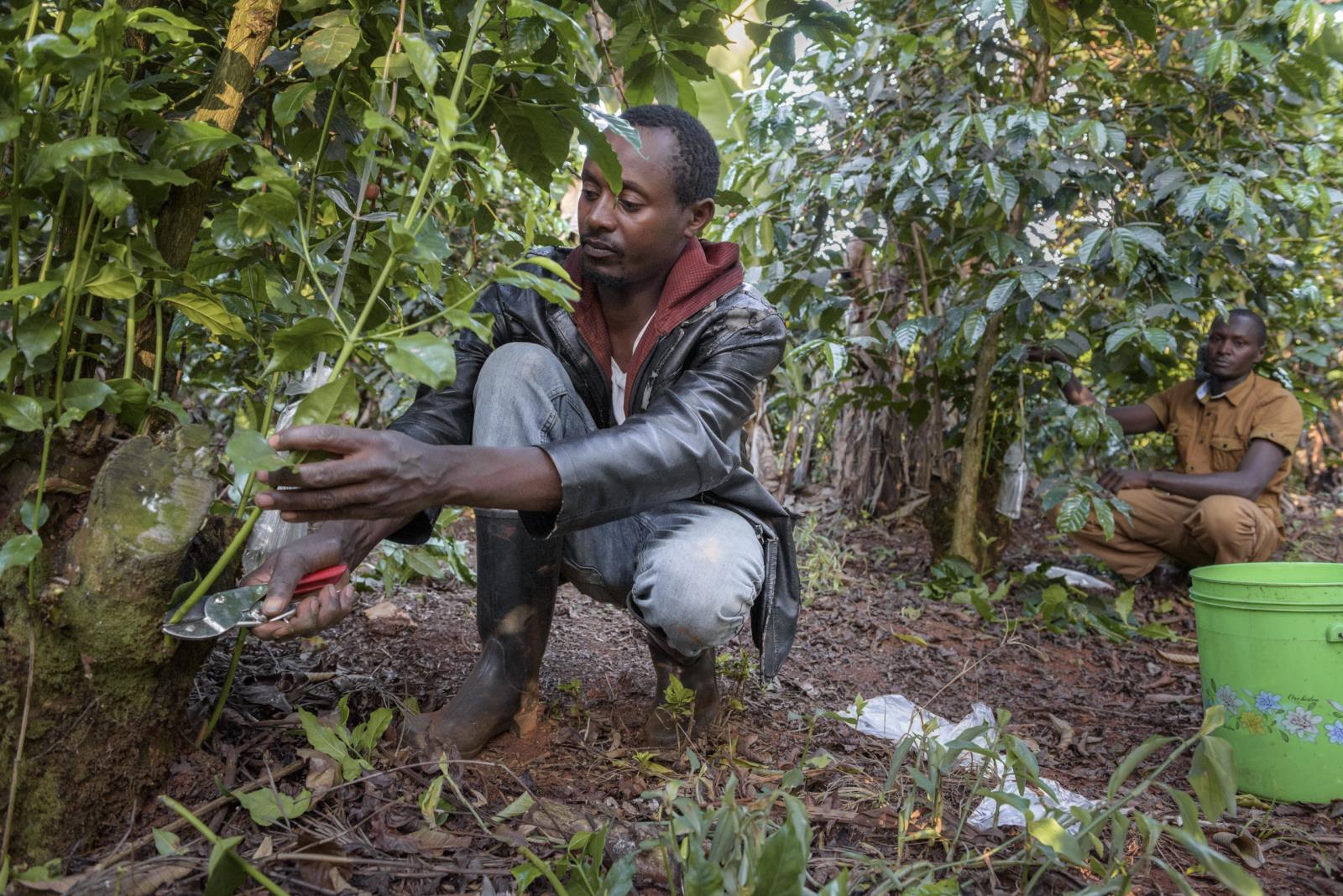
Climate Change Alters Growing Conditions
Coffee is highly sensitive to environmental changes, requiring specific conditions such as stable temperatures, consistent rainfall, and rich volcanic soils. However, erratic weather patterns, prolonged droughts, and rising temperatures are threatening Kenya's coffee belt.
Farmers are grappling with cold spells that disrupt flowering and harvest cycles, as well as increased incidences of diseases like coffee berry disease and infestations of leaf miners. These problems have forced farmers to rely on pesticides and herbicides, including glyphosate-based products linked to health risks and soil degradation.
Water scarcity is another pressing issue. Producing a single cup of coffee requires up to 140 liters of water, but dwindling rainfall and over-reliance on river water are straining local ecosystems. Joseph Kimani, a farmer in Kiambu County, noted that river levels have dropped significantly, adding to the challenge of sustaining coffee production.
Economic Inequality and Labor Struggles
Despite the global demand for Kenyan coffee, the profits are not reaching the farmers or laborers. Workers like Edita Mwangi, who earns just $1.40 a day picking coffee cherries, struggle to make ends meet. The disparity is stark: a cup of Kenyan coffee in European cafés can sell for $4, while the farmers and workers receive a fraction of that value.
The costs and risks of coffee farming are immense. Coffee trees take up to four years to mature, requiring continuous investment in labor, fertilizers, and irrigation. Meanwhile, the global trading system favors exporters and retailers, leaving farmers in financial precarity.
Climate Change Amplifies Global Coffee Crisis
Kenya's coffee farmers are not alone. Climate change has led to crop failures and supply shortages in major coffee-producing countries like Brazil and Vietnam. A survey by Fairtrade International found that 93% of Kenyan coffee farmers have already experienced the impacts of climate change, making their future increasingly uncertain.
Komothai Coffee Society Chairman John Murigi notes that production has steadily declined in recent years. Farmers are attempting to adapt through measures like planting shade trees and improving irrigation, but these solutions are insufficient against the scale of the challenges.
The Future of Kenyan Coffee
For many farmers, the outlook is bleak. Declining profits, coupled with the high risks of farming, are deterring younger generations from joining the coffee trade. "No parent wants their child farming coffee," said Macharia, highlighting the growing disillusionment with the once-thriving industry.
Experts argue that a sustainable future for Kenyan coffee requires systemic change, including addressing climate adaptation and ensuring fairer economic returns for farmers. Without significant intervention, Kenya's iconic coffee industry risks losing its prominence in the global market, leaving farmers and their communities in a precarious position.
The stakes are high, not only for Kenya's coffee farmers but also for global consumers who have come to value the unique quality and flavor of Kenyan coffee.